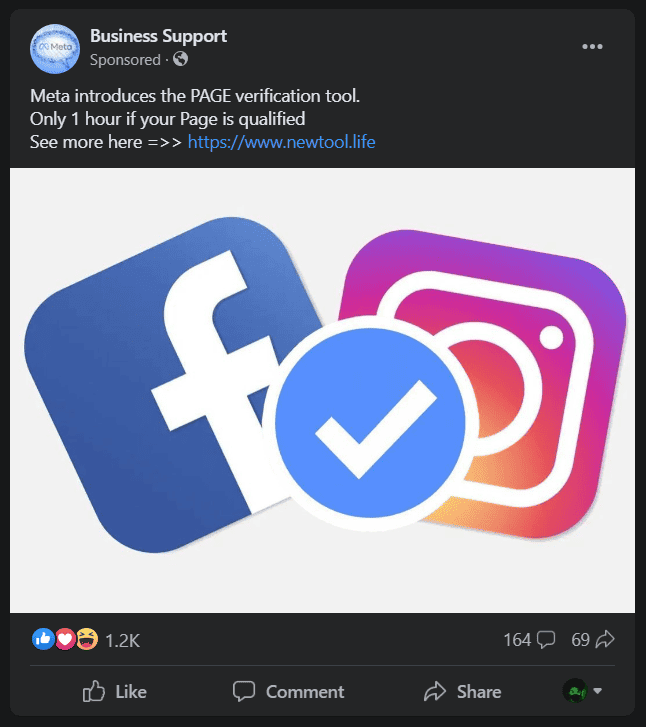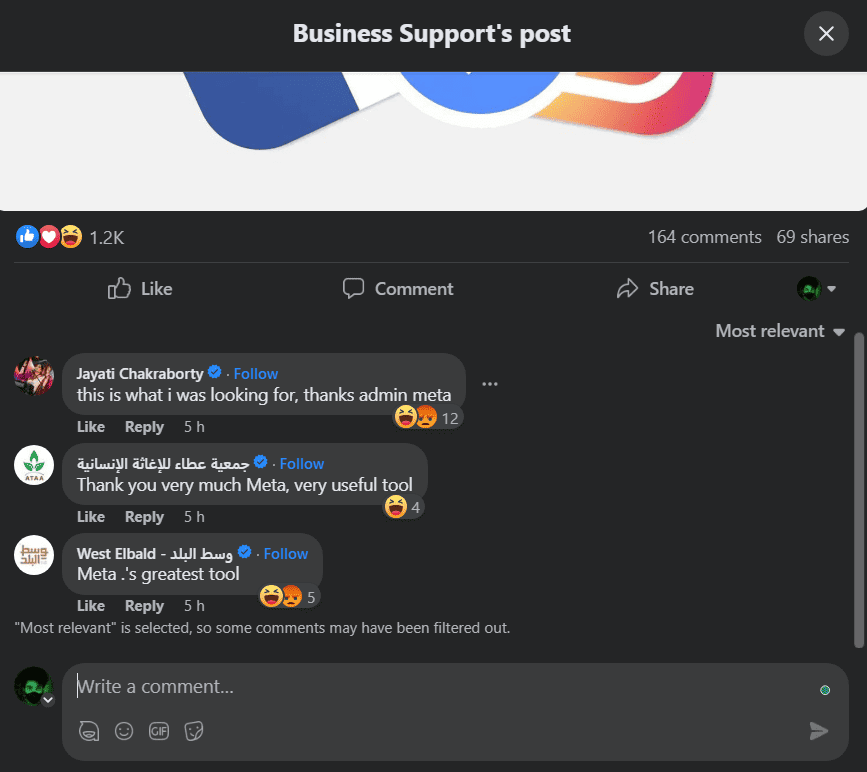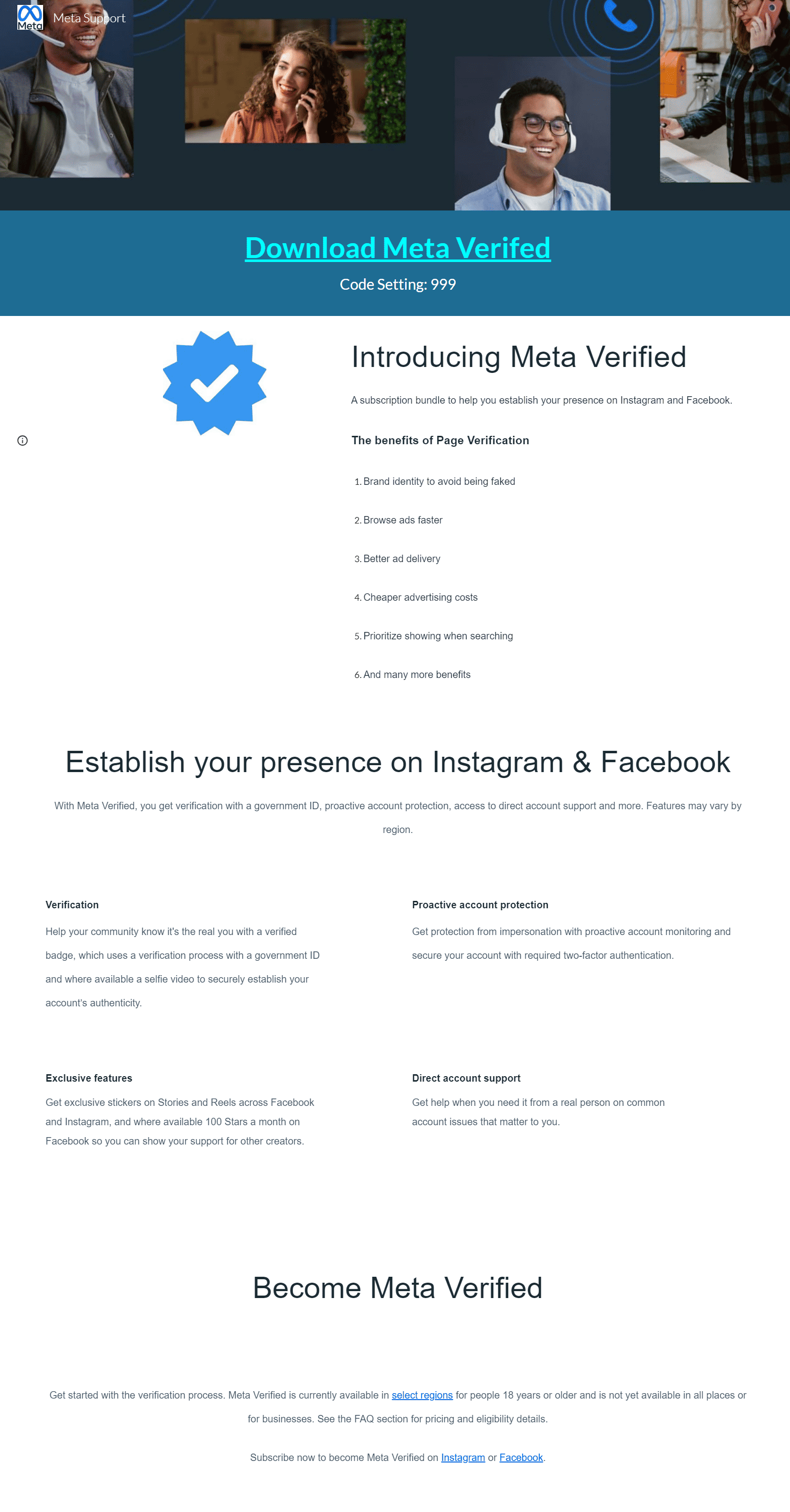Facebook may be dying regarding its user base, but it still has over 2.9b users of all age groups. The company is actively serving malware and phishing pages to its user base via advertisers. Facebook users on desktop and mobile alike are being targeted by deceptive advertisements promising incredible returns on ads or verification badges. To the surprise, these ads are often accompanied by comments from verified individuals, making the potential victims believe the legitimacy of the advertisement.
Once users click on the advertisement links on Facebook, they unknowingly expose themselves to severe threats, from giving access to their cameras to every keystroke they make on their devices. We have photos and detailed explanations on how to avoid such advertisements.
The Nature of the Threat
The malware spam on Facebook involves deceptive advertisements designed to trick users into clicking on malicious links. The type of advertisements we have encountered so far are:
- Google Bard 2.0 Access
- Insane Returns on Facebook Advertisements
- Meta Verified
- Meta AI Access
The real reason why everyone falls for this is once you end up downloading the malware, your profile will be used to spread the malware to other users in your profile, i.e., sending them a message to get their account verified, etc. and once they click on the link they will fall for the same scam.

Facebook is notorious for running misleading advertisements without any prior approval.
Meta Verification Malware Trap
Once users click on these advertisements on Facebook, they are redirected to what appears to be a “META Verification” page hosted on Google Sites. However, this page is cleverly crafted to fool ordinary users and is designed to deceive users into downloading malware.

If the unsuspecting user downloads and executes the file, it can compromise the security of their computer or mobile devices, as well as gain access to their Facebook account and any other personal or banking information entered thereafter. It goes without saying that this malware can lead to identity theft, financial loss, exposing private photos, or the spread of further spam and malware to friends and contacts.

How to avoid advertisement malware?
Stay informed about the latest cybersecurity threats and scams. Remember, if you encounter an advertisement that seems too good to be true, that is because it is. Exercise skepticism towards unexpected ads on social media.
Make sure to duly verify the URL’s authenticity if it is from official sources. You can do so by pasting the URL in Google and, of course, cross-checking it yourself. You can scan the file with sites like VirusTotal. Pay attention to misspellings or suspicious domain names that may indicate a fraudulent website.
Remember to only download files from trusted sources. Be cautious of any unexpected or suspicious downloads, especially those prompted by unfamiliar websites.




